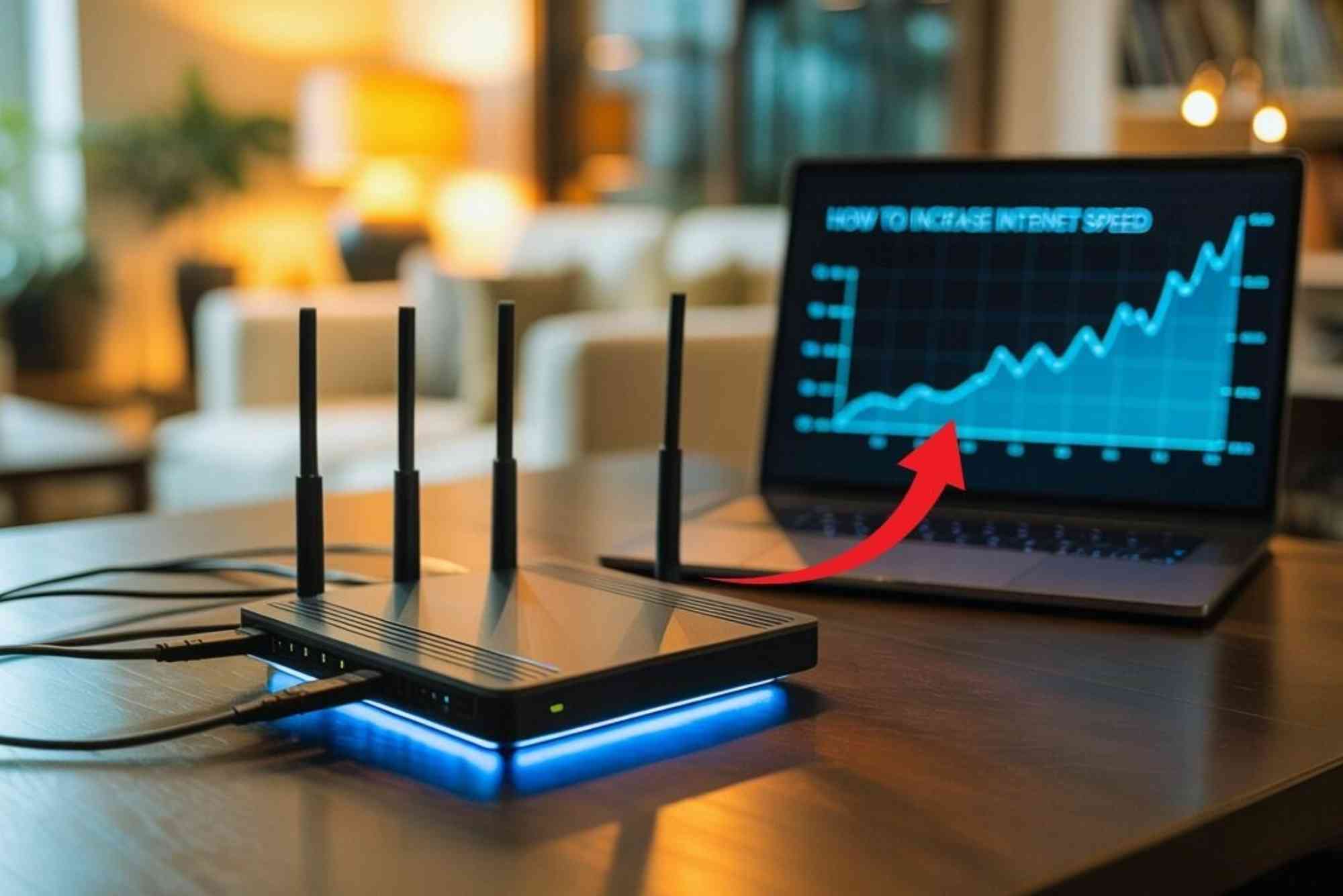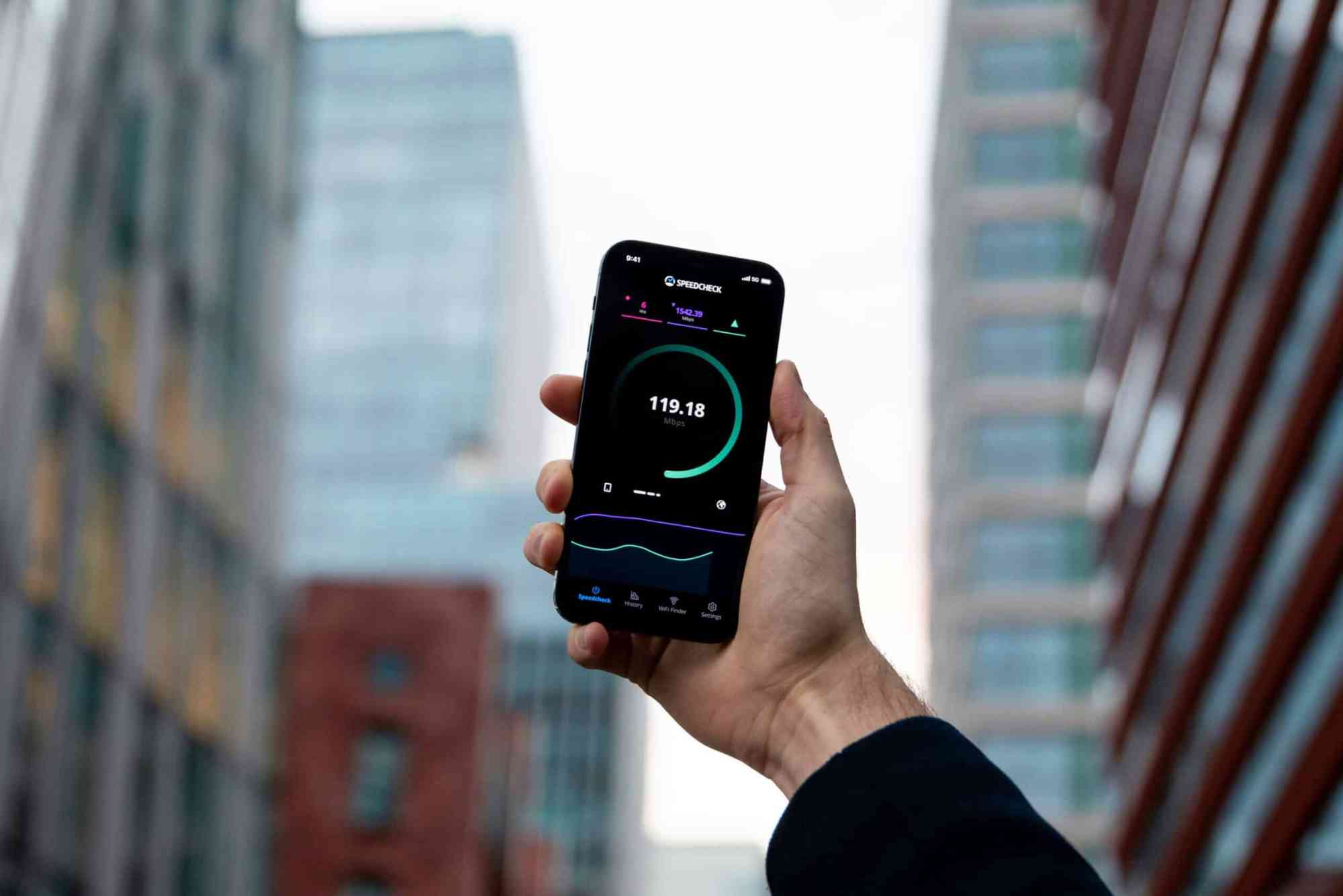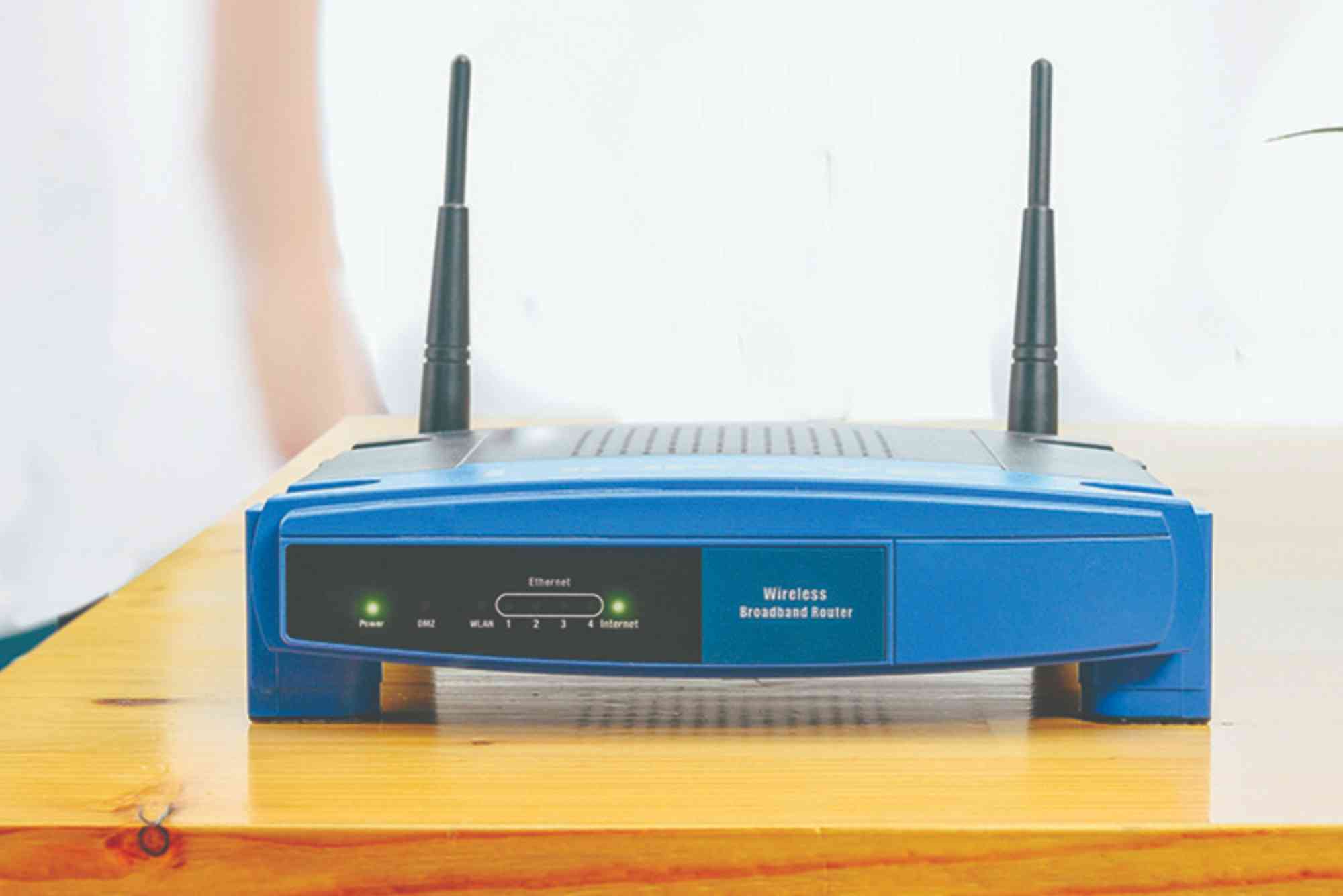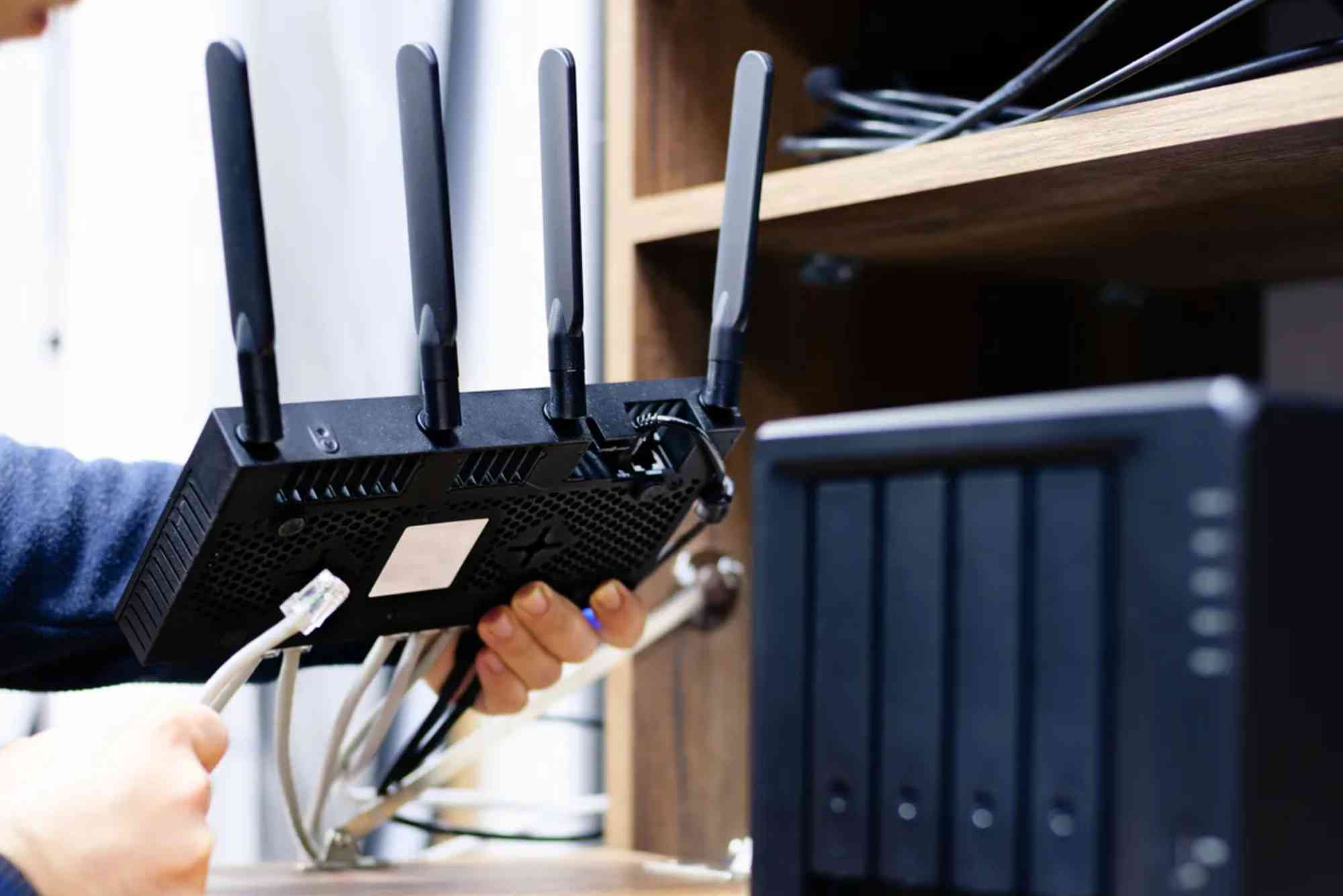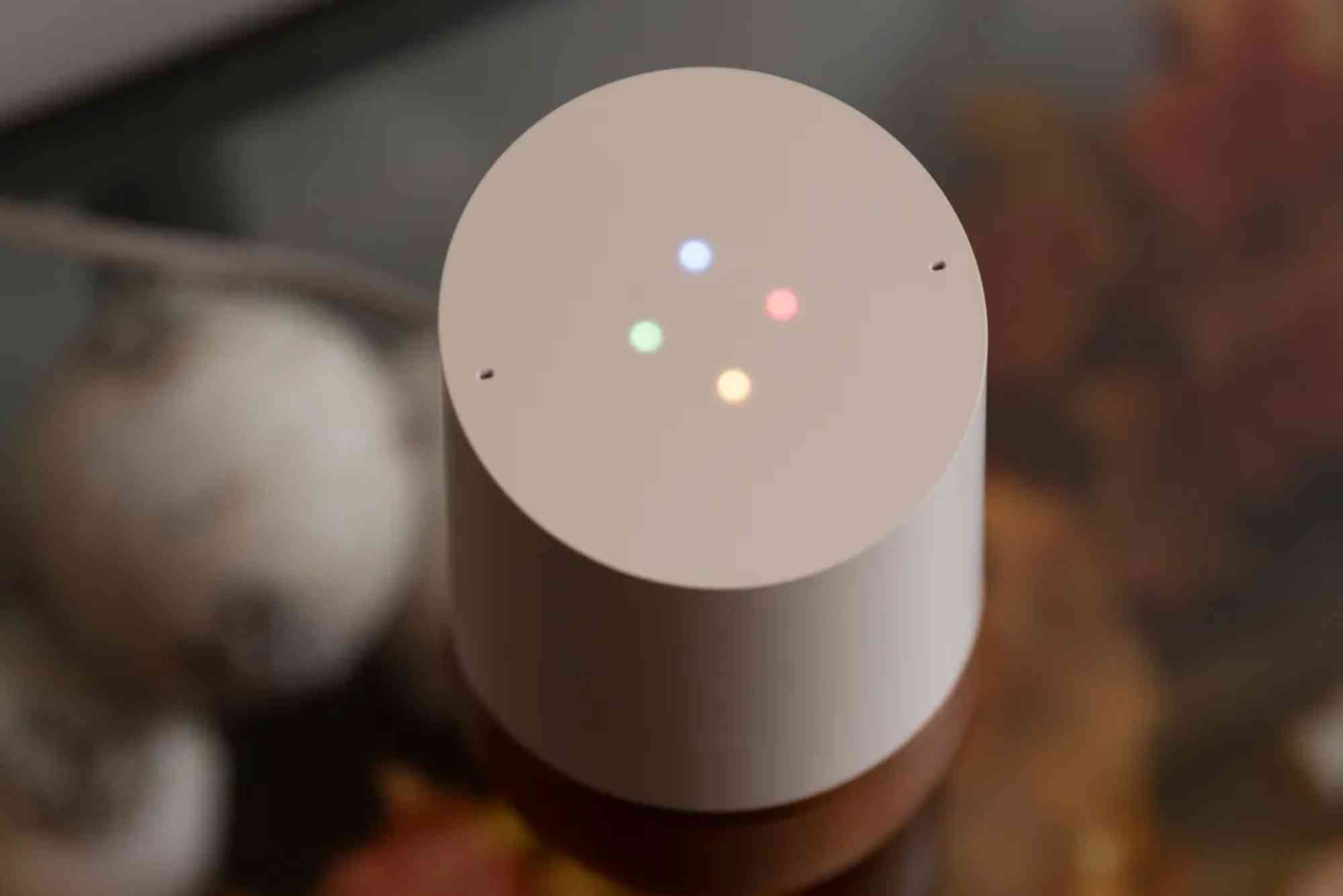Fiber Optic Internet Download vs Upload Speeds Explained
The demand for high-speed internet is growing every day. From streaming movies to attending virtual meetings, stable connectivity has become a necessity. Among the most reliable technologies today, fiber optic internet stands out for its incredible speed and consistency.
One of the key advantages of fiber connections is the balance between fiber optic internet download vs upload speeds. Unlike traditional cable or DSL, where upload speeds are often much slower, fiber internet provides symmetrical or nearly symmetrical performance. But what does this really mean, and why should it matter to you? Let’s break it down in detail.
What Are Download and Upload Speeds?
Before comparing fiber optic internet download vs upload speeds, it’s important to understand what these terms mean.
Download Speed
Download speed measures how quickly data moves from the internet to your device. Activities like:
- Streaming Netflix
- Downloading files
- Browsing websites
- Watching YouTube
all depend heavily on download speed.
Upload Speed
Upload speed shows how fast you can send data from your device to the internet. This matters for:
- Video conferencing on Zoom or Google Meet
- Uploading photos or videos to social media
- Online gaming performance
- Cloud backups
In short: download affects how fast you receive content, while upload affects how fast you share or send it.
Fiber Optic Internet Download vs Upload Speeds
The main difference between fiber internet and other types (like cable or DSL) is speed symmetry.
Symmetrical Speeds Explained
Traditional ISPs usually offer higher download than upload speeds. For example, you may get 200 Mbps download but only 10 Mbps upload.
Fiber internet changes this. With fiber, download and upload speeds are often equal. For example:
- 500 Mbps download / 500 Mbps upload
- 1 Gbps download / 1 Gbps upload
This is what we call symmetrical speeds.
Why Symmetrical Speeds Matter
Balanced speeds are especially important for modern online activities. Upload speed impacts more than you may think. If you’re only streaming movies, fast downloads might seem enough. But in today’s digital lifestyle, uploads matter just as much.
Benefits of High Upload Speeds
Smooth Video Conferencing
On cable internet, video calls often lag because of limited uploads. Fiber ensures crystal-clear video and audio quality.
Faster File Sharing
For businesses or freelancers sending large design files, fiber’s upload speeds save hours of waiting.
Better Cloud Backup
Uploading data to Google Drive, Dropbox, or iCloud becomes seamless with fiber internet.
Online Gaming Advantage
Gamers benefit from low latency and fast uploads, ensuring smoother gameplay and quicker response times.
Fiber vs Cable: Real-Life Example
Let’s compare:
- Cable Internet Plan: 300 Mbps download / 15 Mbps upload
- Fiber Internet Plan: 300 Mbps download / 300 Mbps upload
If you’re only watching Netflix, both plans seem fine. But if you upload a 2GB video, the difference is huge:
- On cable: ~20 minutes
- On fiber: ~1 minute
That’s why the fiber optic internet download vs upload speeds comparison is critical when choosing a plan.
Who Needs Symmetrical Internet Speeds?
Not everyone uses the internet the same way. Here are cases where symmetrical speeds are most valuable:
Remote Workers
Frequent Zoom calls, VPN usage, and file sharing make upload speed essential.
Content Creators
YouTubers, podcasters, and photographers rely on quick video and image uploads.
Businesses
Companies using cloud-based software and remote servers benefit from balanced speeds.
Gamers and Streamers
Twitch streamers and online gamers see better performance with higher upload speeds.
Common Misconceptions
“Only Download Speed Matters”
This was true years ago when internet use focused on consuming content. Today, with two-way communication, upload speed matters equally.
“Fiber Is Too Expensive”
Fiber prices have become much more competitive. Providers like Dhanote Internet Services offer affordable fiber packages with high-speed options.
FAQs
Why is upload speed lower on cable internet?
Cable networks were originally built for TV broadcasting, which required more downloads than uploads. That’s why cable plans are asymmetrical.
Do I really need fast upload speed?
If you only browse and stream, maybe not. But if you work remotely, upload large files, or game, then yes.
How fast is fiber compared to DSL?
Fiber can reach up to 1–10 Gbps, while DSL typically caps under 100 Mbps with much slower uploads.
Is fiber internet better for gaming?
Yes, fiber’s low latency and fast uploads create a smoother, more reliable gaming experience.
Can fiber internet slow down?
Fiber is less prone to slowdowns than cable, but speeds may vary slightly based on network traffic.
The difference between fiber optic internet download vs upload speeds is more than just numbers. It defines how well your internet supports modern needs like remote work, streaming, gaming, and content creation.
While cable and DSL might offer enough for casual browsing, fiber ensures you’re future-proofed with symmetrical speeds.
If you’re considering switching to fiber, explore trusted providers like Dhanote Internet Services to enjoy fast, reliable, and balanced connectivity.

